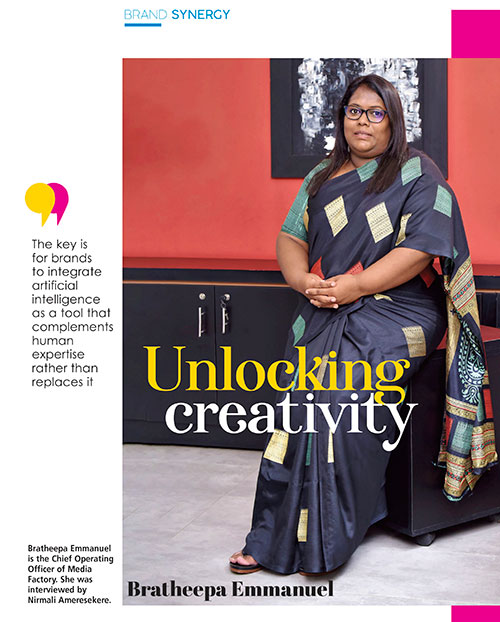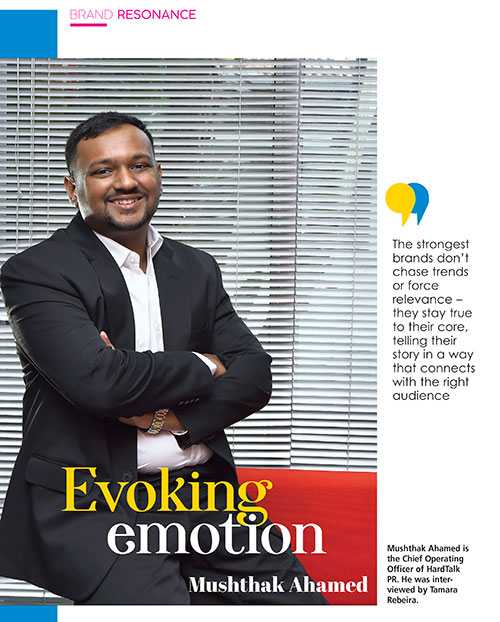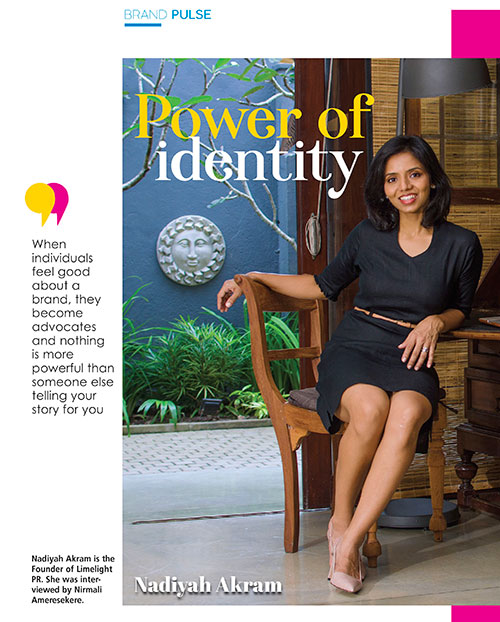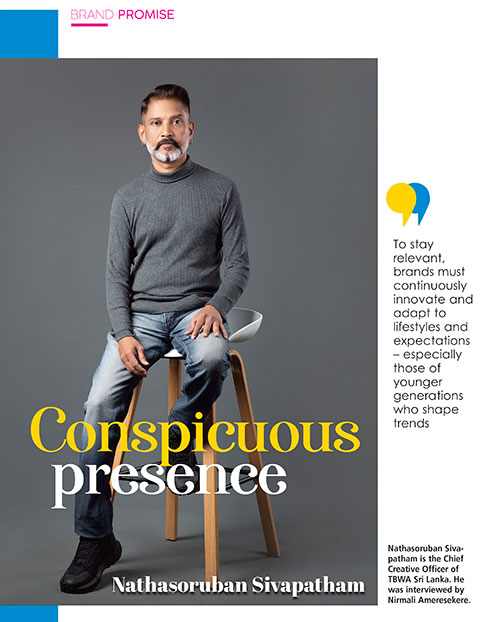EMOTIONAL RESONANCE
BRAND AUTHENTICITY
Ashan Kumar

What are the hallmarks of a renowned brand?
There are many attributes of a great brand – one is the CAI (consistency, authenticity, innovate) approach.
Renowned brands maintain consistency across all touch points including visual identity, messaging and customer experience. Consistency builds trust and fosters familiarity, ensuring that consumers recognise and resonate with the brand wherever they encounter it.
Popular brands establish authenticity by staying true to their values, mission and promises. Authenticity builds credibility and emotional connections with consumers, fostering loyalty and advocacy. Transparent communications and genuine interactions reinforce a brand’s authenticity.
Another feature is that they’re not afraid to innovate and push boundaries. Whether through product development, customer experience enhancements or marketing strategies, innovation sets them apart; it drives differentiation, relevance and long-term success.
How has the digital age transformed brand building?
It has revolutionised brand building by leveraging online platforms, social media and digital advertising, and much more. Brands can now directly connect with customers, which enables multiple communications and building communities with greater impact.
Targeted campaigns reach specific demographics, which maximises efficiency.
Gone are the days of limited channels; brands continue to have unique opportunities in crafting engaging content to tell their stories while user generated content on social media provides valuable customer insights and builds authenticity.
The digital age has transformed brand building and strategic public relations from a one-way broadcast to an interactive conversation.
And how do you adapt branding strategies to align with evolving digital consumer behaviours and preferences – especially with regard to Gen Z?
To keep pace with Gen Z’s ever-evolving digital habits, branding strategies need to prioritise authenticity, social connection and transparency. This means ditching the over-polished image for genuine brand values and purposes that resonate with Gen Z’s social conscience.
Social media platforms become central to engagement, user generated content and collaboration, to build trust and community. We are past the time of passive advertising; brands need to be interactive, respond to comments and foster conversations.
According to our in-house reports, transparency in everything from sustainability practices to social responsibility is crucial for Gen Z as they value brands that align with their beliefs. In the digital age, there is ample opportunity for a brand to carve out a distinct identity and stand for something meaningful.
What fundamental principles are essential to a brand’s success and longevity?
At the core of a successful and enduring brand lie three fundamental principles – viz. clarity, consistency and connection.
Clarity is about defining your brand purpose, values and unique service proposition.
Consistency ensures that all brand touch points – from logo design to customer service – reflect the core identity. This leads to connection, which involves building emotional resonance with your target public. To create a cohesive brand experience, translate these principles into action.
A clearly defined brand voice guides your messaging across platforms while consistent visual elements like colour palettes and fonts reinforce recognition.
With storytelling and engagement emerging as priorities in branding in this digital era, are brand guardians adapting to this new playing field?
There’s a mixed bag when it comes to brand guardians adapting to the digital storytelling landscape.
Many brands are embracing the power of storytelling, crafting engaging narratives on digital and social media, and through content marketing. They’re fostering communities, encouraging user generated content and using influencer marketing to spread their message.
However, some brands still struggle to move beyond traditional modes of advertising. They may lack the resources or expertise to create compelling digital content, or hesitate to cede control of the narrative to consumers.
There’s a definite shift towards storytelling but complete adaptation requires ongoing investments and a willingness to embrace the interactive nature of digital communications.





